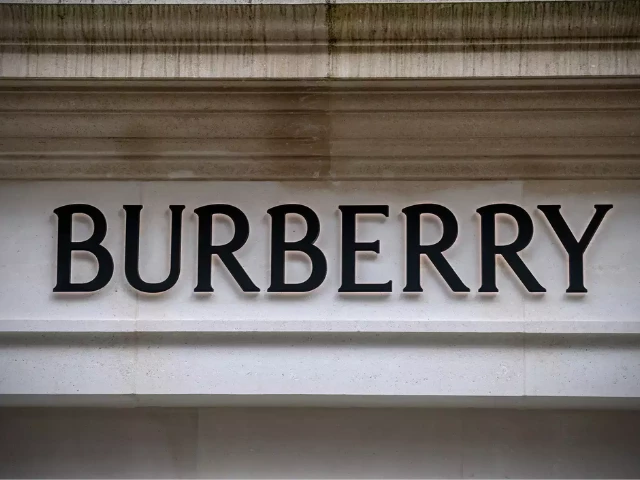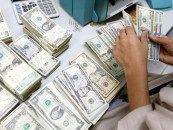Burberry to cut 1,700 jobs amid profit slide and strategic overhaul under new CEO
Burberry will slash 1,700 jobs globally by 2027 as profits dip and CEO Schulman pushes a brand reset.

British luxury brand Burberry announced plans on Wednesday to cut approximately 1,700 jobs globally — nearly one-fifth of its workforce as part of a wide-ranging cost-cutting and brand reset strategy following a steep drop in profits.
The cuts, to be implemented by 2027, will primarily affect corporate roles across global offices, as well as the removal of the night shift at Burberry’s Castleford factory in Yorkshire, which produces its iconic trench coats. About 150 positions are expected to be impacted at the factory, which Burberry says had been operating with overcapacity.
The decision comes as Burberry reported an adjusted operating profit of £26 million for the fiscal year ending March 29 2025 significantly down from £634 million in 2023 but still ahead of analyst expectations of £11 million. The company also recorded a statutory pre-tax loss of £66 million, compared to a profit of £383 million the year before.
Shares in the company rose by as much as 8% in early London trading following the strategy update and better-than-expected results.
CEO Joshua Schulman, who joined Burberry in 2023 after stints at Coach and Jimmy Choo, said the overhaul was necessary to tackle “years of underperformance” compared to its global luxury rivals. He noted that “brand metrics” had improved in the second half of the year, though challenges remained.
“For a long time we have had overcapacity at Castleford and that’s simply not sustainable at this point,” Schulman said. “We are making this change to safeguard our UK manufacturing.”
Burberry has cycled through four CEOs in the past decade. Under Marco Gobbetti and designer Riccardo Tisci, the brand shifted toward high-end luxury. That direction faltered financially, leading successor Jonathan Akeroyd to pivot toward leather accessories and bringing in designer Daniel Lee.
Schulman, in contrast, is steering the company back to its heritage staples trench coats and scarves — while aggressively cutting costs. A previous £40 million savings plan announced in November is now being expanded to £60 million.
Comparable fourth-quarter sales fell 6%, outperforming analyst expectations of a 7% decline. Full-year revenue dropped 15% when adjusted for currency fluctuations. Regionally, sales were down 4% in both the Americas and EMEIA (Europe, Middle East, India and Africa), and 9% in Asia-Pacific.
Schulman acknowledged signs of weakening consumer sentiment in the US, which accounts for 19% of Burberry’s business. As we got into Q4, the US customer was keeping their momentum but things got a little choppy as we headed into February, he told reporters.
While Burberry did not comment directly on US tariffs, it warned that geopolitical developments were contributing to increased uncertainty. The company declined to provide specific guidance for its 2026 financial year.
Despite the tough environment, Schulman struck an optimistic note: “We have a strong brand and clear vision, and I believe Burberry’s best days are ahead





















COMMENTS
Comments are moderated and generally will be posted if they are on-topic and not abusive.
For more information, please see our Comments FAQ